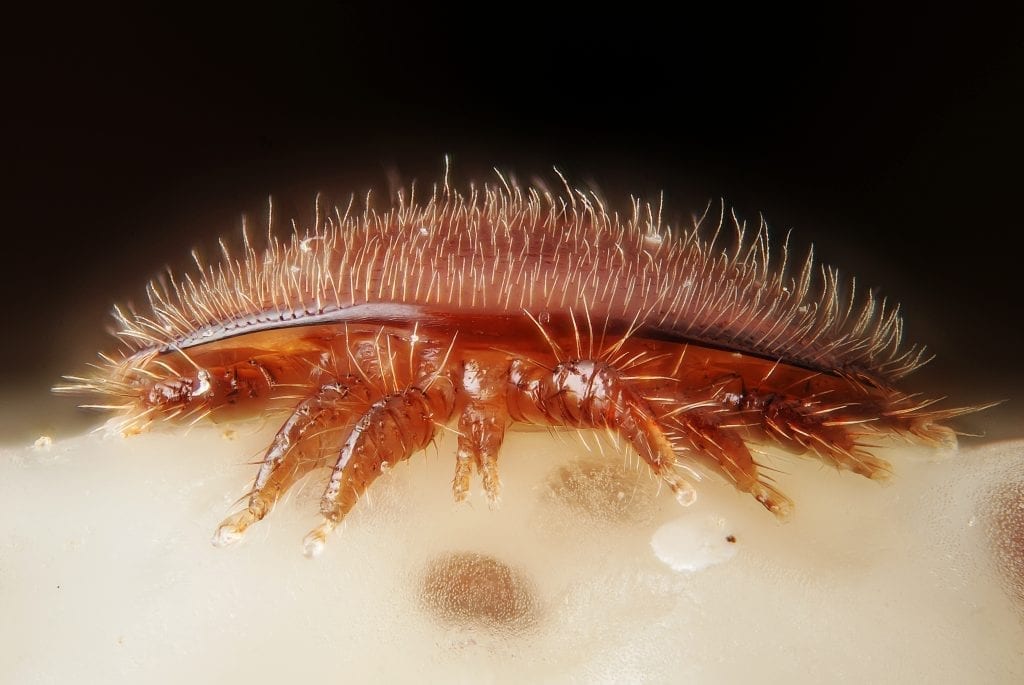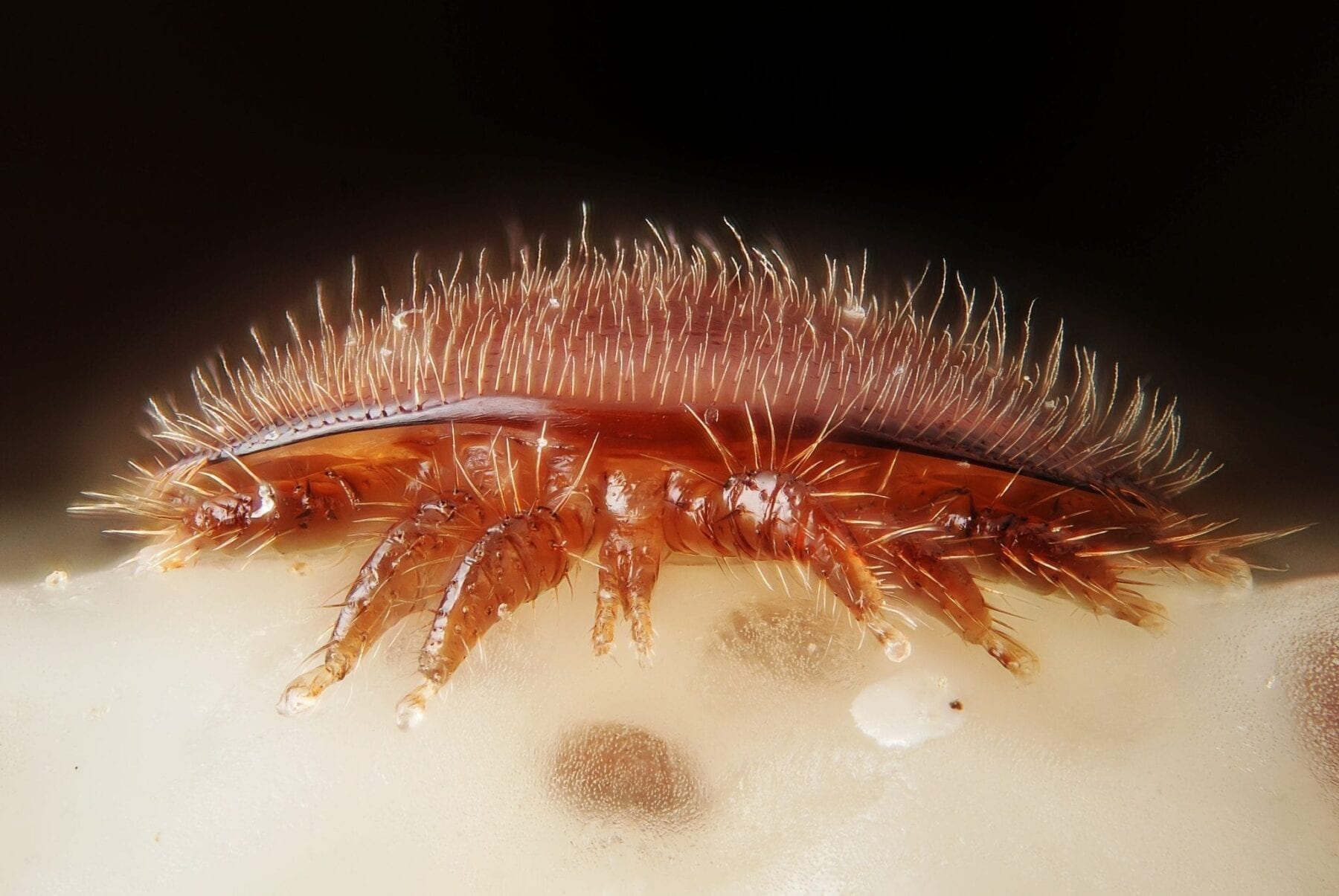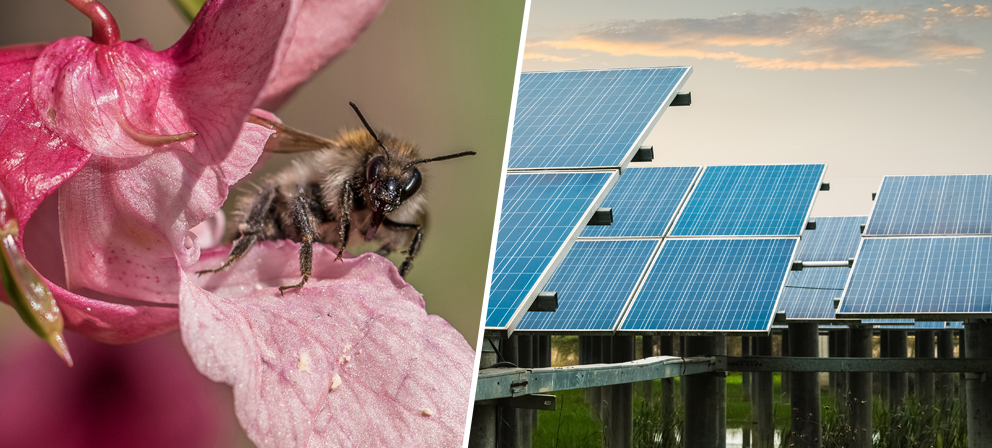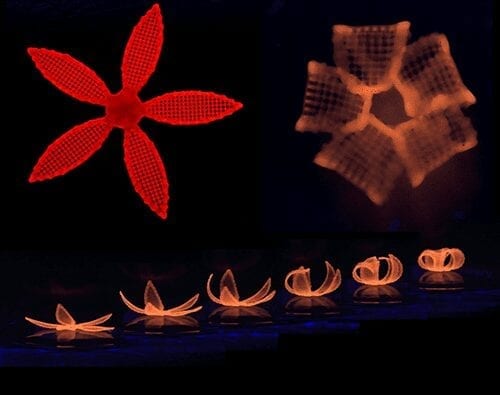
The parasitic mite Varroa destructor (varroa) is generally agreed to be the greatest threat facing honey bees worldwide.
Despite much research, losses continue due to lack of effective control measures, because the mite has become resistant to several commonly used chemicals. The natural product oxalic acid has been widely used in mainland Europe but surprisingly little previous research has directly compared different methods of application, their efficacies, and their adverse effects on bees.
In a paper published in the Journal of Apicultural Research, Hasan Al Toufailia, Francis Ratnieks and colleagues from the Laboratory of Apiculture and Social Insects at the University of Sussex compared three methods of applying oxalic acid under UK field conditions. They compared trickling, spraying and sublimation at three doses, using 110 honey bee colonies in winter. They found that all three methods could give high varroa mortality, but that the sublimation method (heating crystals to vaporise them inside the hive) was superior, because it gave higher varroa mortality at lower doses. Sublimation using 2.25g of oxalic acid also resulted in significantly less worker bee mortality in the ten days after application than either trickling or spraying, and lower bee colony mortality four months later in mid spring. Colonies treated via sublimation also had greater brood area four months later than colonies treated via trickling, spraying, or control colonies.
The authors conclude that “this confirms that applying oxalic acid via sublimation in broodless honey bee colonies in winter is a highly effective way of controlling V. destructor and causes no harm to the colonies.”
International Bee Research Association (IBRA) Science Director Norman Carreck said: “The publication of this study is very timely, as an oxalic acid product has for the first time recently been approved in the UK, and beekeepers will want to see these results obtained under UK conditions.”
Read more: Scientists determine how to control parasite without harming bees
The Latest on: Varroa destructor
[google_news title=”” keyword=”Varroa destructor” num_posts=”10″ blurb_length=”0″ show_thumb=”left”]
via Google News
The Latest on: Varroa destructor
- Beekeepers preparing their hives for pollinating this spring seasonon April 25, 2024 at 5:55 am
Beekeepers are preparing their hives for pollinating this spring season, but there are other hurdles to overcome before we can gather honey.
- Australian primary producers say they ‘can’t afford’ to pay proposed biosecurity levyon April 24, 2024 at 8:00 am
National Farmers Federation says farmers are already paying for the measures and should not be made to pay more In September Jon Lockwood travelled to an almond orchard in Balranald in the New South ...
- Commentary: Honeybee losses remain a mystery — Ross Pomeroyon April 19, 2024 at 10:20 pm
Commercial honeybees pollinate $15 billion worth of crops in the U.S. each year, according to the USDA. Beekeepers can replace lost colonies, but it's costly, time-consuming, and growing more-so as ...
via Bing News











